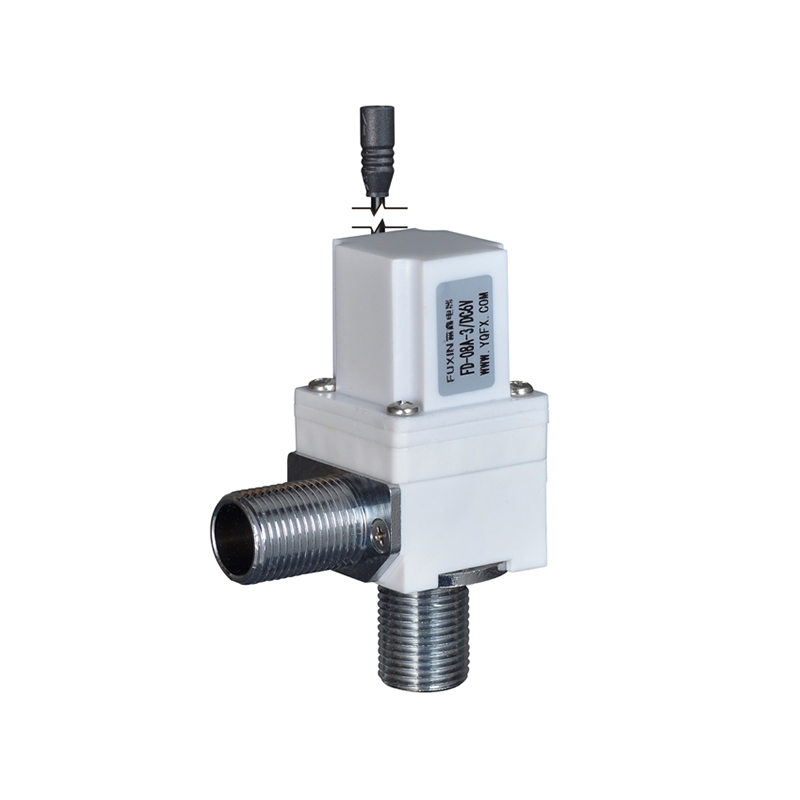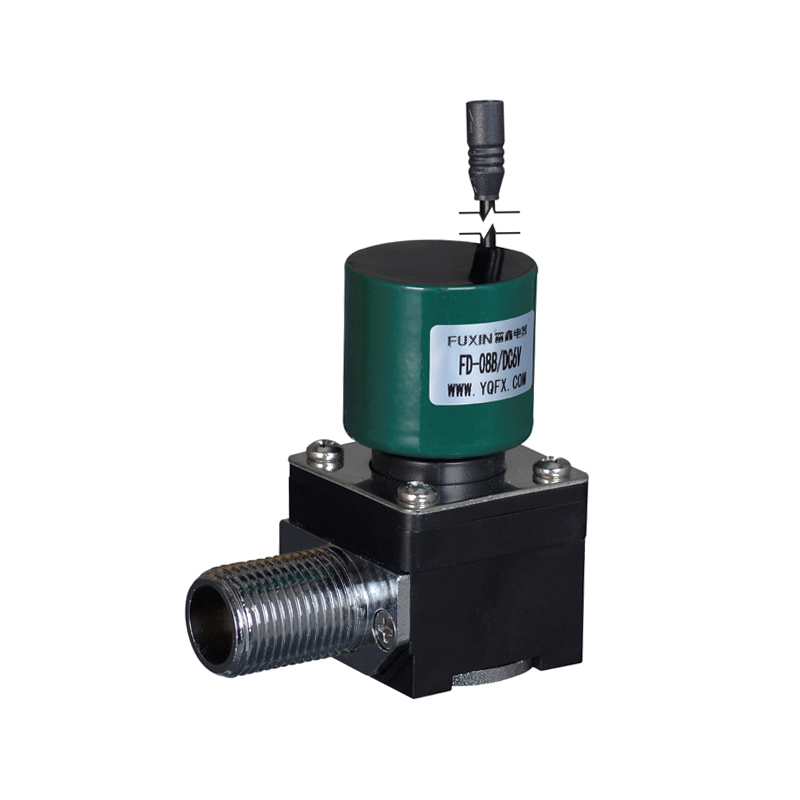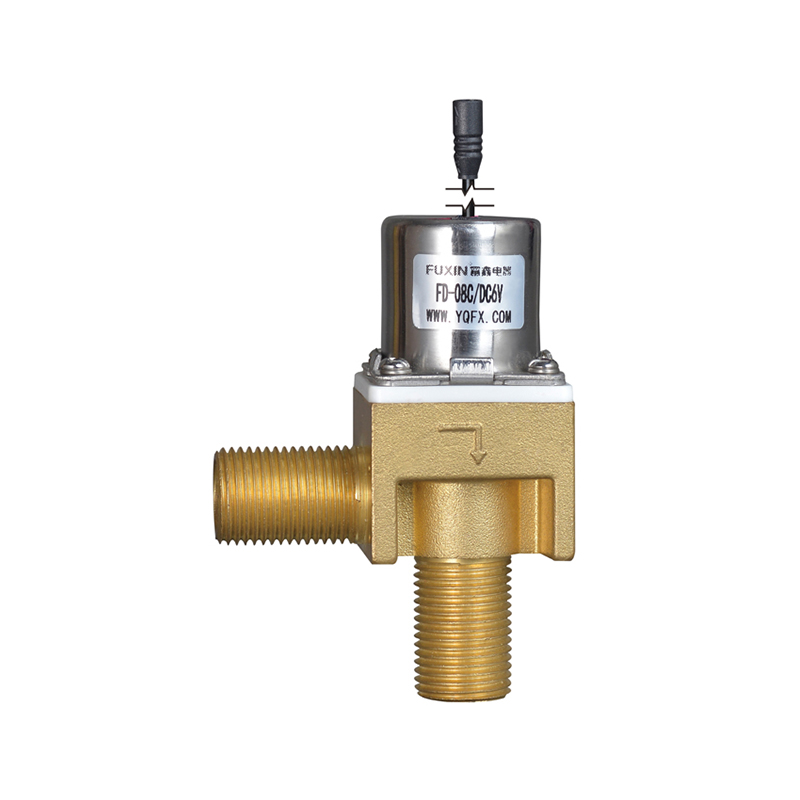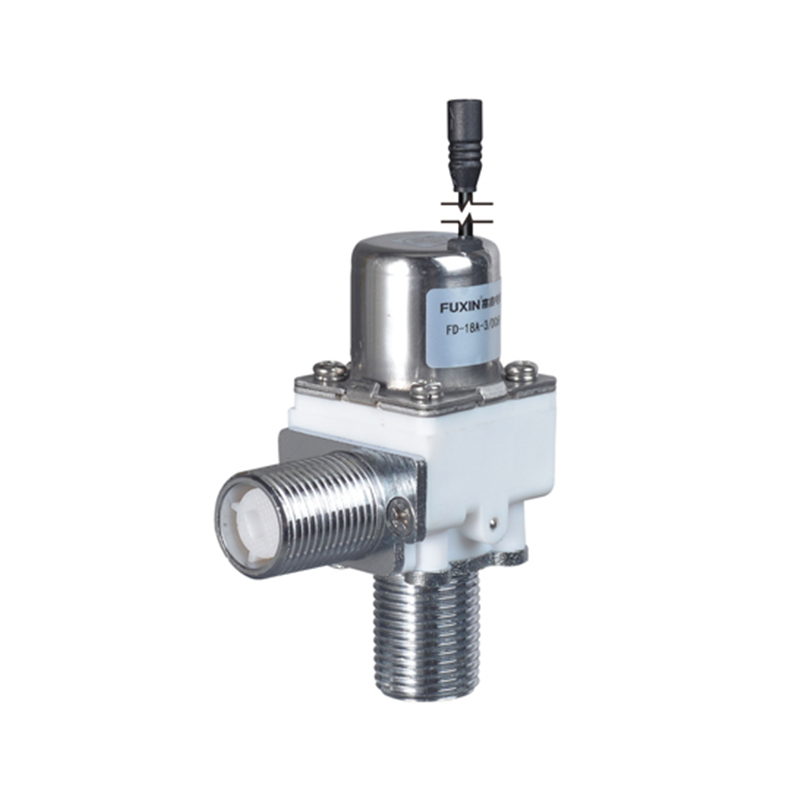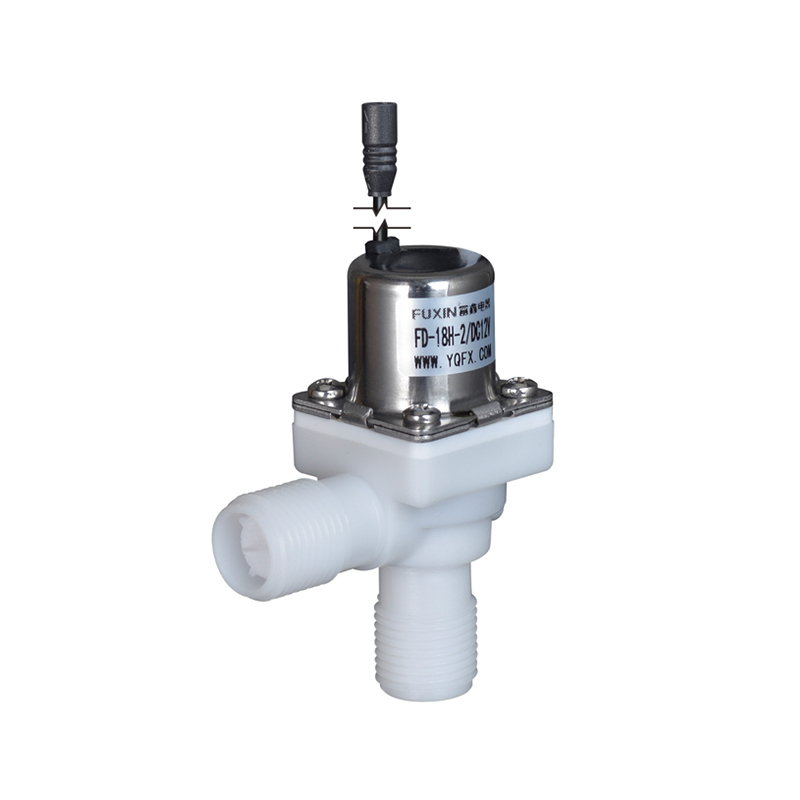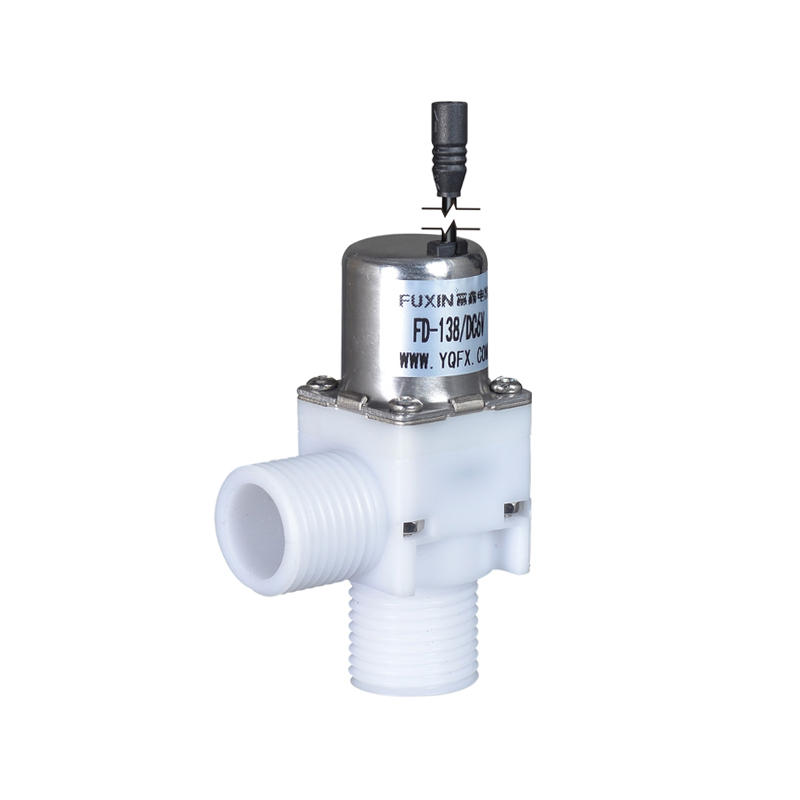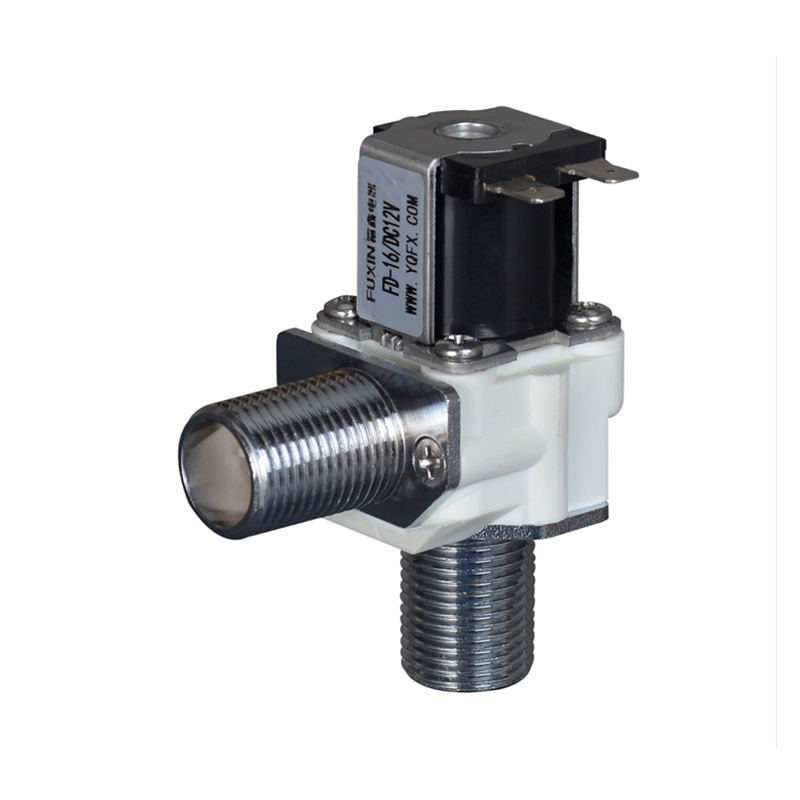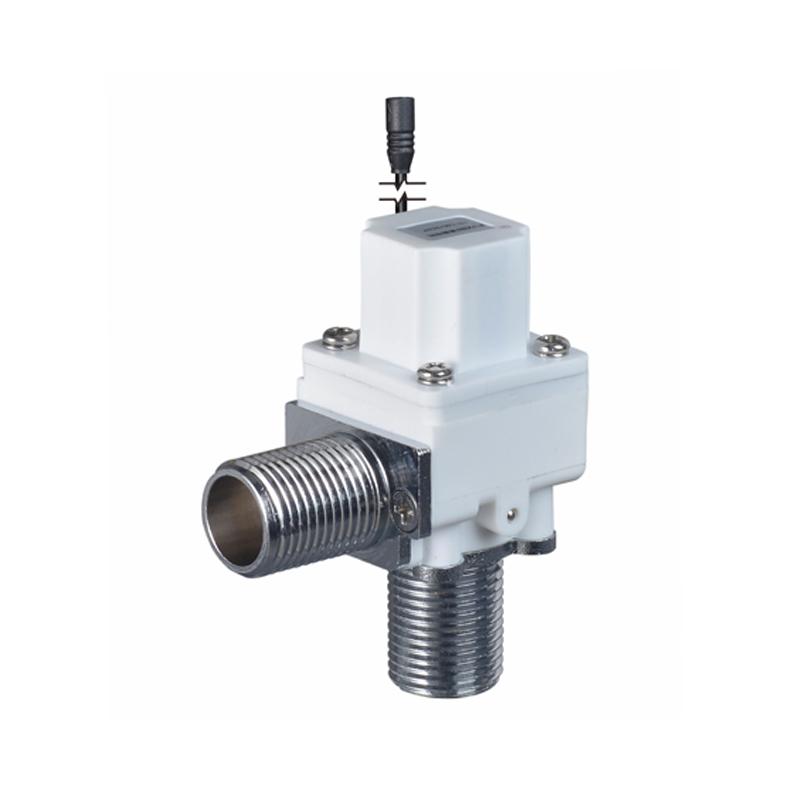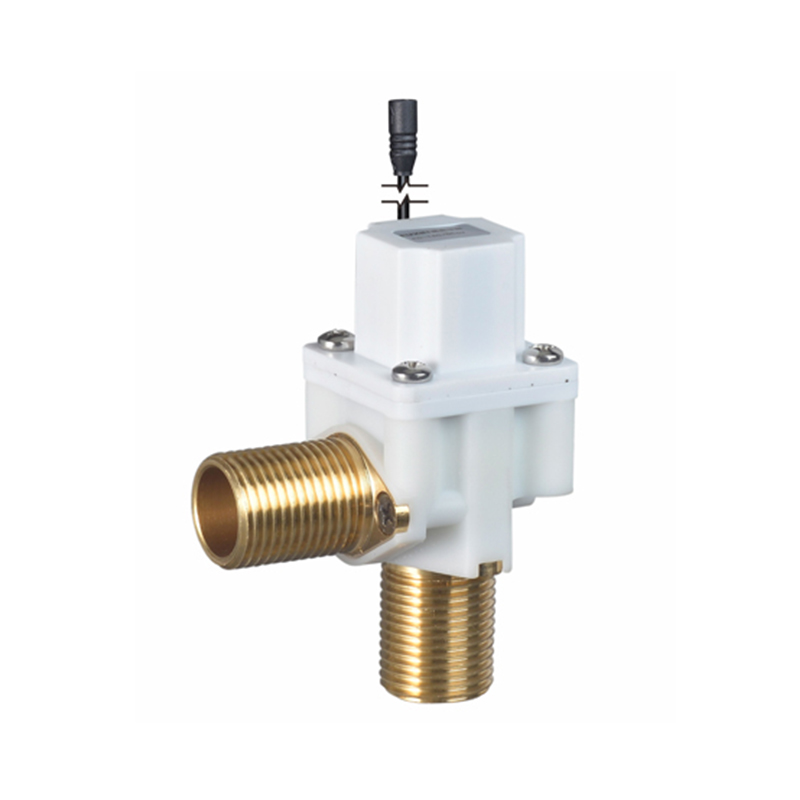Modern touchless faucets rely heavily on the faucet solenoid valve to provide convenient, hygienic, and efficient water flow. Proper installation and regular maintenance of the solenoid valve are essential to ensure its reliable operation and long lifespan. This article addresses common questions regarding the installation, maintenance, and performance of faucet solenoid valves, helping homeowners, facility managers, and plumbers keep their systems functioning.
How Do I Install a Faucet Solenoid Valve Correctly?
Installing a faucet solenoid valve correctly is critical for its performance and durability. The step is to ensure the water supply is turned off to prevent leaks or accidental flooding. The valve should be mounted according to the manufacturer’s instructions, usually between the water supply line and the faucet inlet.
When connecting the valve, make sure that all threads are sealed properly with plumber’s tape or compatible seals to prevent leakage. Avoid overtightening, as this can damage the valve body. Electrical connections for sensor-controlled faucet solenoid valves must be secured properly, and any exposed wires should be insulated to prevent short circuits or corrosion. After installation, turn on the water supply and test the valve by triggering the faucet sensor to confirm smooth and responsive operation.
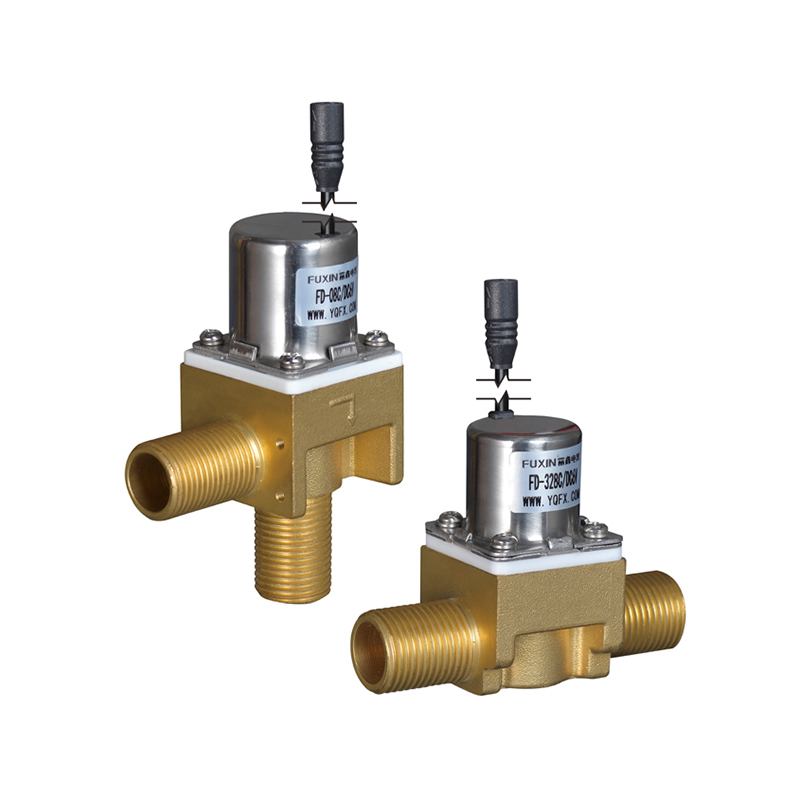
Does a Solenoid Valve Require Regular Maintenance or Cleaning?
Yes, a faucet solenoid valve requires regular maintenance to maintain performance. Over time, mineral deposits, sediment, and debris can accumulate inside the valve, especially in areas with hard water. This buildup can restrict water flow or prevent the valve from closing completely.
Routine maintenance usually involves inspecting the valve for signs of wear or blockage. Cleaning the internal components and removing any sediment can prevent operational issues. Some manufacturers recommend periodic disassembly and flushing of the valve to maintain smooth operation. Regular maintenance not only ensures consistent performance but also extends the service life of the faucet solenoid valve.
Can Sediment or Debris Affect the Valve’s Performance?
Sediment and debris can significantly affect the performance of a faucet solenoid valve. Small particles carried by the water supply can lodge inside the valve, interfering with the plunger movement or clogging the filter screen. This can result in slow water flow, incomplete closure, or erratic operation of the faucet.
To prevent such issues, it is recommended to install a water filter upstream of the solenoid valve. Periodic cleaning of the filter and the valve itself ensures that sediment does not compromise performance. Proper water quality management is essential for maintaining the reliability of any faucet solenoid valve.
How Do I Ensure the Valve Operates Efficiently Over Time?
Ensuring the efficient operation of a faucet solenoid valve over time requires a combination of correct installation, regular maintenance, and careful monitoring. Check the valve periodically for leaks, unusual noises, or slow response times. Clean the valve components and filters as needed, and replace any worn or damaged parts promptly.
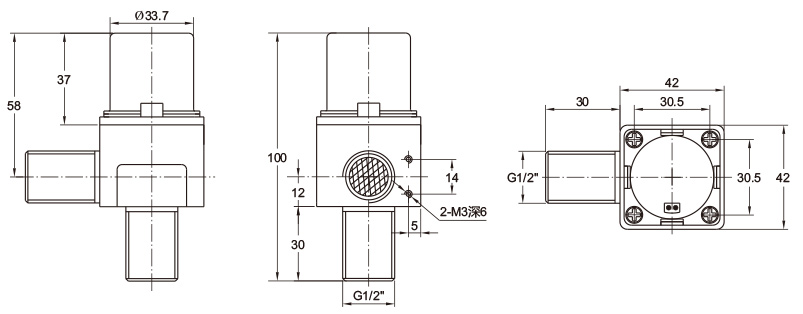
Additionally, avoid exposing the solenoid valve to water pressure or temperature fluctuations, as these can reduce efficiency and longevity. Using the valve in accordance with the manufacturer’s specifications guarantees consistent performance. Over time, these proactive measures help maintain the efficiency and reliability of the faucet solenoid valve, minimizing downtime and unnecessary repairs.
Proper installation and maintenance of a faucet solenoid valve are essential for performance and long-term reliability. By following the correct installation procedures, performing regular cleaning, and managing water quality, users can ensure smooth operation and prevent common issues. Regular attention to the faucet solenoid valve not only enhances convenience and hygiene but also contributes to water efficiency and system longevity, making it an indispensable component of modern touchless faucets.


 EN
EN English
English Español
Español
